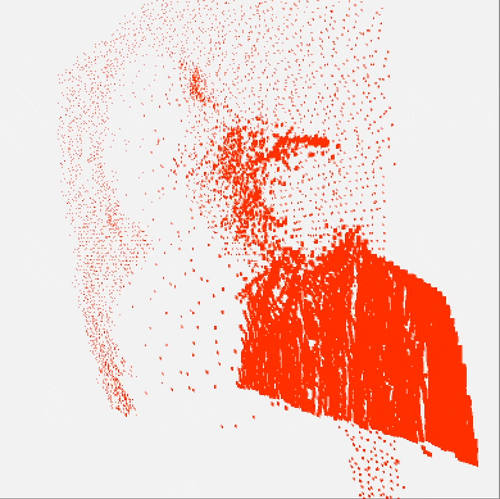Creative Strategist & Innovation Director
I’m a Los Angeles-based, Toronto-bred creative strategist with 18 years of experience in digital and innovation who’s worked both client-side and across agency ecosystems. I am just as enamored with a product design system as I am with an art installation. I believe that real breakthroughs happen at the intersection of things. IE. Once AI has engulfed the world blockchain becomes more important. If you are in Los Angeles and want to meet up for lunch message me.
Cofounder of
Working With
Formerly of
Advised
Clients Include
Meta
〰️
Macy's
〰️
Jeep
〰️
〰️
Microsoft
〰️
Giro
〰️
〰️
VW
〰️
NBCUniversal
〰️
Audi
〰️
letgo
〰️
NBA
〰️
Hyperloop TT
〰️
Lens Crafters
〰️
Dodge
〰️
Meta Quest
〰️
IKEA
〰️
Cool Cats
〰️
Footlocker
〰️
Mitsubishi
〰️
Jaguar Land Rover
〰️
Cintas
〰️
Abbott Laboratories
〰️
Meta 〰️ Macy's 〰️ Jeep 〰️ WhatsApp 〰️ Microsoft 〰️ Giro 〰️ Facebook 〰️ VW 〰️ NBCUniversal 〰️ Audi 〰️ letgo 〰️ NBA 〰️ Hyperloop TT 〰️ Lens Crafters 〰️ Dodge 〰️ Meta Quest 〰️ IKEA 〰️ Cool Cats 〰️ Footlocker 〰️ Mitsubishi 〰️ Jaguar Land Rover 〰️ Cintas 〰️ Abbott Laboratories 〰️
Courses In The Works
-
"Creative Coding for Photo and Video" is an innovative course designed to introduce students to the exciting intersection of programming and digital media arts. Through hands-on projects, participants will learn to manipulate photos and videos using code, exploring techniques such as pixel manipulation, filters, and digital collaging to create unique visual effects and interactive experiences. The curriculum covers a range of programming languages and tools, with a focus on open-source frameworks like Processing and p5.js, enabling students to bring their creative visions to life. By the end of the course, students will have developed a portfolio of work demonstrating their skills in blending coding with artistic expression, ready for application in art, design, and multimedia projects.
-
"AI for Virtual World Building" is an advanced course that teaches how to use artificial intelligence to craft immersive virtual environments. Through practical exercises, students will learn to automate the creation of dynamic landscapes, characters, and narratives with AI, focusing on machine learning and procedural generation. The course aims to equip participants with the skills to employ AI in developing engaging virtual worlds for gaming, simulations, and VR. By the end, students will be ready to innovate in digital creation and entertainment with AI technologies.
-
"Analog Techniques for Augmented Reality" offers a unique exploration into the blend of traditional art methods with augmented reality (AR) technology. This course delves into the use of physical materials and techniques—such as drawing, collaging, and using scanned found materials—to create textures and elements that enhance digital AR experiences. Students will learn how to integrate these analog creations into AR platforms, using tools and software to bring depth and authenticity to virtual spaces. By the course's conclusion, participants will have mastered the art of enriching AR environments with analog artistry, bridging the gap between classic art forms and augmented reality.
-
"Kinetic Typography and Motion" explores the art of animating text, teaching students to use timing, composition, and animation to create compelling visuals. Through hands-on projects using After Effects and Code, participants will learn to craft motion graphics that enhance storytelling and messaging. The course emphasizes practical skills for creating title sequences and expressive art pieces.
-
"Getting Onchain for Artists" equips artists with essential blockchain skills, focusing on NFT creation, digital ownership, and smart contracts. Participants will engage in workshops to mint NFTs and navigate the digital art marketplace. All with no code tools. The course aims to demystify blockchain for artists, enabling them to secure and promote their work online. Part of the course will involve minting your own collection.
-
"Introduction to Generative Art" merges art with technology, teaching the use of algorithms to create art. This concise course introduces programming for art, delves into the history of generative art, and covers key concepts like randomness and algorithmic composition. Students will code their own pieces, exploring the evolution of generative art from its origins to contemporary practices. Graduates will leave with a solid foundation in generative art principles and techniques to start creating their own unique pieces.
